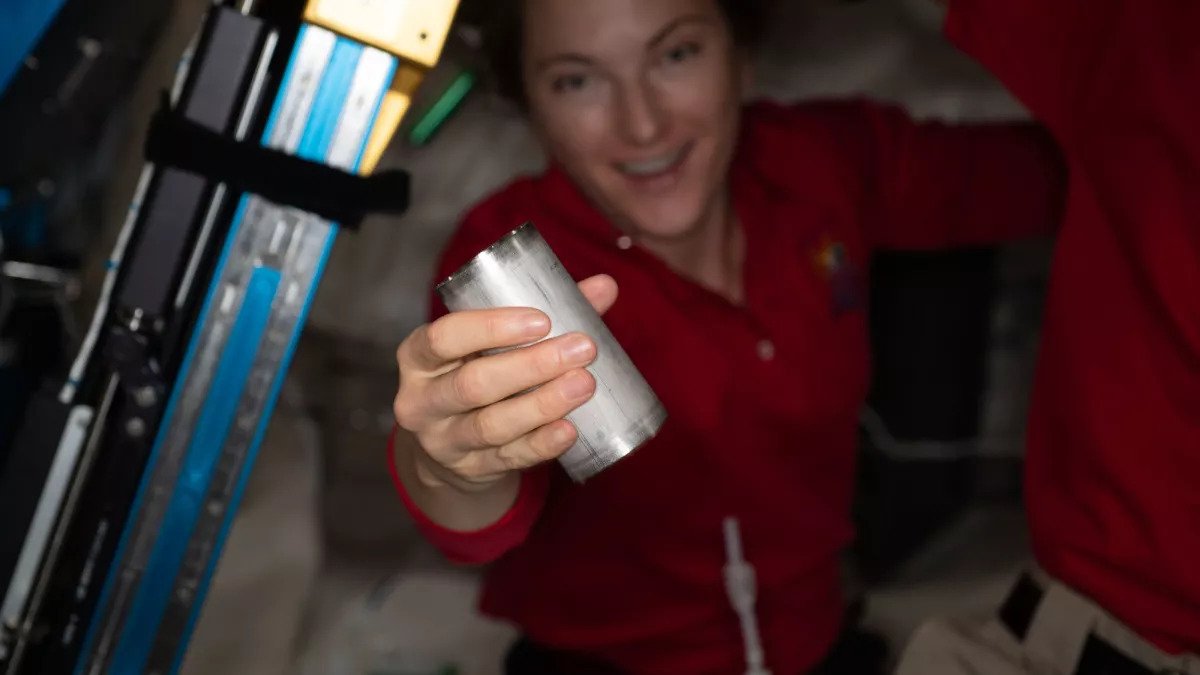A new UPA device has been tested on the International Space Station, which improves the recycling of urine into water. Now astronauts manage to regenerate 98 percent of this necessary liquid and it can be imported from Earth in smaller quantities.

New Water Regenerator
Astronauts on the ISS could turn 98 percent of the urine that accumulated on board into water. For this, they used a new Urine Processor Assembly (UPA), which they attached to the onboard Environmental Control and Life Support System (ECLSS).
ECLSS has been used on the International Space Station before. However, its effectiveness ranged from 93 to 94 percent. This meant that 6-7 liters of water were irretrievably lost during each recycling cycle.
For the first time, UPA failed to convert 98 percent of urine into water. It turned part of it into brine. Then a block called Brine Processor Assembly (BPA) was added to it, which worked only with this product and it managed to achieve the desired result.
BPA takes the brine created by UPA and passes it through a series of special membranes that inject it into dry air, evaporating its water content. As a result, moist air is formed, which does not differ from the air that ISS crew members breathe, and which can be collected by ECLSS dehumidifiers.
Why is water so important on the ISS?
Experiments with urine on the ISS could be considered insignificant, and even smelling bad. However, the efficient use of water in orbit is extremely important. Each liter of it has to be delivered from the Earth and it costs several thousand dollars.
As there are more and more people in orbit, the need for water will increase. The ideal, of course, would be 100 percent regeneration, but so far it remains unattainable. But it may be possible to implement it in the future.
At the same time, it is worth noting that astronauts in orbit do not drink their own urine, as those who hear about the regeneration system for the first time often think about it. The water on board is of significantly better quality than in most water supply systems on Earth.
ECLSS systems are thoroughly tested to ensure that they work as intended and to demonstrate that each element can function for a long time without requiring a large amount of maintenance or replacement of spare parts.
According to www.space.com
Follow us on Twitter to get the most interesting space news in time
https://twitter.com/ust_magazine

